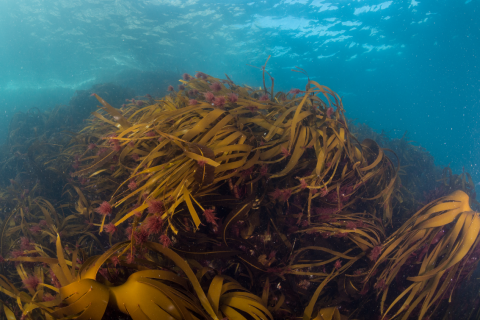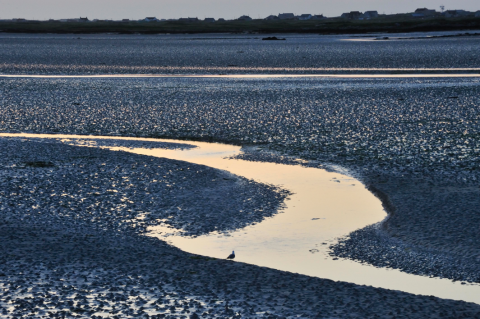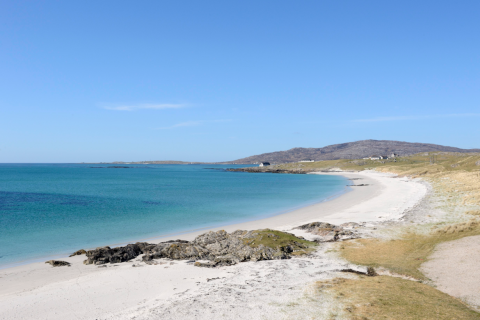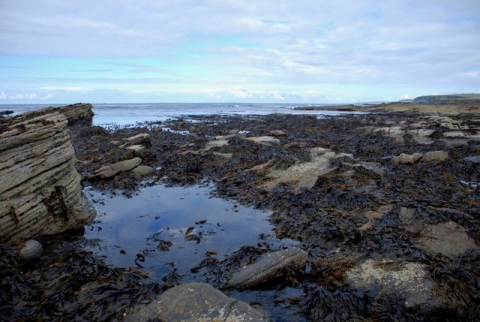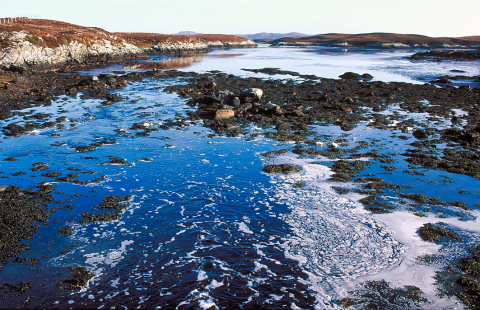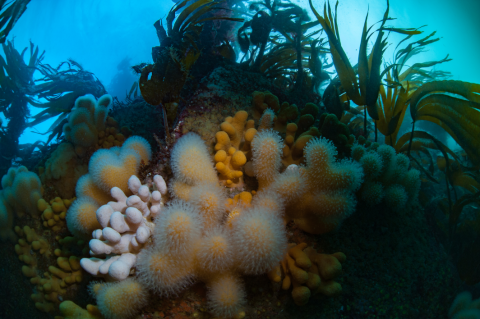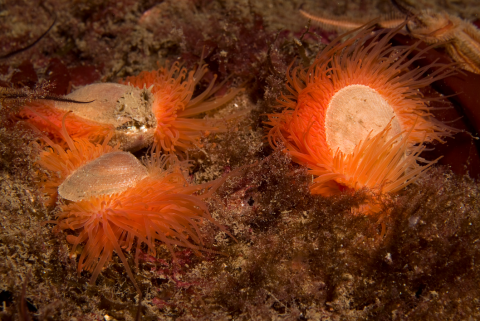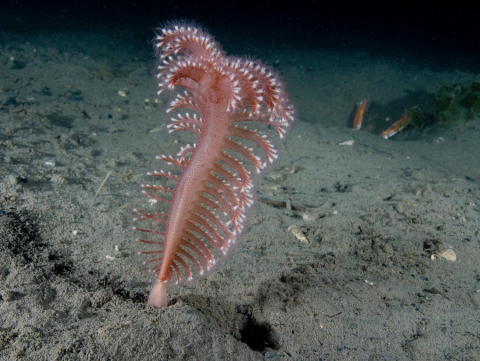Natural resources
Provisioning services
Some habitats are exposed to extreme conditions, so are relatively bare or support a limited number of specialist species. Other habitats are highly productive and biodiverse, supporting many species of fish, seaweed and invertebrate species, including many of commercial interest. In the intertidal, seaweed, mussels and other molluscs, as well as worms for bait may be collected by people. When the tide is high, some fish species will forage over these intertidal habitats, meaning these habitats indirectly support other species, including those that are fished commercially. Trawl and dredge fisheries mostly target species that live within, on or over subtidal sediment habitats, including prawns (langoustine/'scampi’), scallops and demersal finfish. Some habitat-forming species associated with sandy and mixed substrates, such as maerl, flame shell and seagrass beds, can provide a particularly important function as a refuge for juvenile or spawning stages of a variety of species of commercial interest (e.g. scallops). Typically habitats that are structurally complex in either the rock configuration, or as a result of the associated colonising species (whether above or below the sediment surface) offer good potential for supporting fish and shellfish populations. Ongoing physical disturbance of these habitats often reduces the complexity of habitats and undermines the sustainability of associated fish and shellfish stocks. Ensuring the health of these habitats and communities is maintained and keeping any exploitation within sustainable limits, will support the viability of these resources.
Cultural services
For many members of the public, intertidal habitats provide their only direct experience of marine life. Many of Scotland’s beaches are attractive for tourism and various forms of recreation. Beaches and rocky shores can have expansive and attractive scenic qualities, particularly when the tide is out. Mudflats and sandflats often attract large quantities of wildlife, including wintering and migratory birds that feed on the rich life within the sediment. They provide popular, accessible destinations for watching and studying wildlife. Consequently, for their limited extent, intertidal habitats make a disproportionately large contribution to societal awareness, enjoyment & understanding of the natural marine environment. The educational and research opportunities they afford increase the social value placed on marine habitats, alongside the opportunities for wildlife watching, recreation and tourism. Direct experience of subtidal habitats (such as maerl, seagrass and various reef-forming species) is usually limited to divers and snorkellers. However, wider awareness, enjoyment & understanding of these habitats can be made more available to the wider public through various media, including online, enhancing their recognition as a socially-valued resource.
Functions
Regulating services
Key functions include contributions to:
- Coastal protection, reducing the energy of waves & currents and influencing the distribution of sediments.
- Waste breakdown and detoxification by assimilation & cycling of dissolved and suspended particles.
- Resilience, with habitats in good condition being more resilient to invasive non-native species and disease.
- Climate mitigation through assimilation, storage &/or cycling of carbon by associated communities e.g. kelp forests, mussel beds and sea bed sediments.
- Sediment stabilisation
Avoiding unsustainable impacts on these habitats enables these natural functions to continue. This leads to a range of benefits, but also reduces the amount of investment people need to make in artificially recreating these functions (e.g. through treatment of waste or installation of artificial coastal defences).
Supporting services
The benefits of intertidal and continental shelf habitats are underpinned by natural processes associated with the habitat and its communities, including:
- Biomass production & predator-prey interactions
- Habitat for other species (supporting biodiversity)
- Larval/gamete supply (supporting connectivity)
- Nutrient cycling
- Formation of a physical barrier or transport of materials (living or non-living)
Ensuring these natural processes continue enables the ongoing supply of a wide range of benefits to people and nature.
Benefits for people
- Health and well-being
- Food and nutrition
- Clean water and sediments
- Knowledge
- Prevention of coastal erosion
- Spiritual / cultural
- Nature watching
- Jobs and business
- Tourism and recreation
- Waste breakdown and detoxification
- Healthy climate


